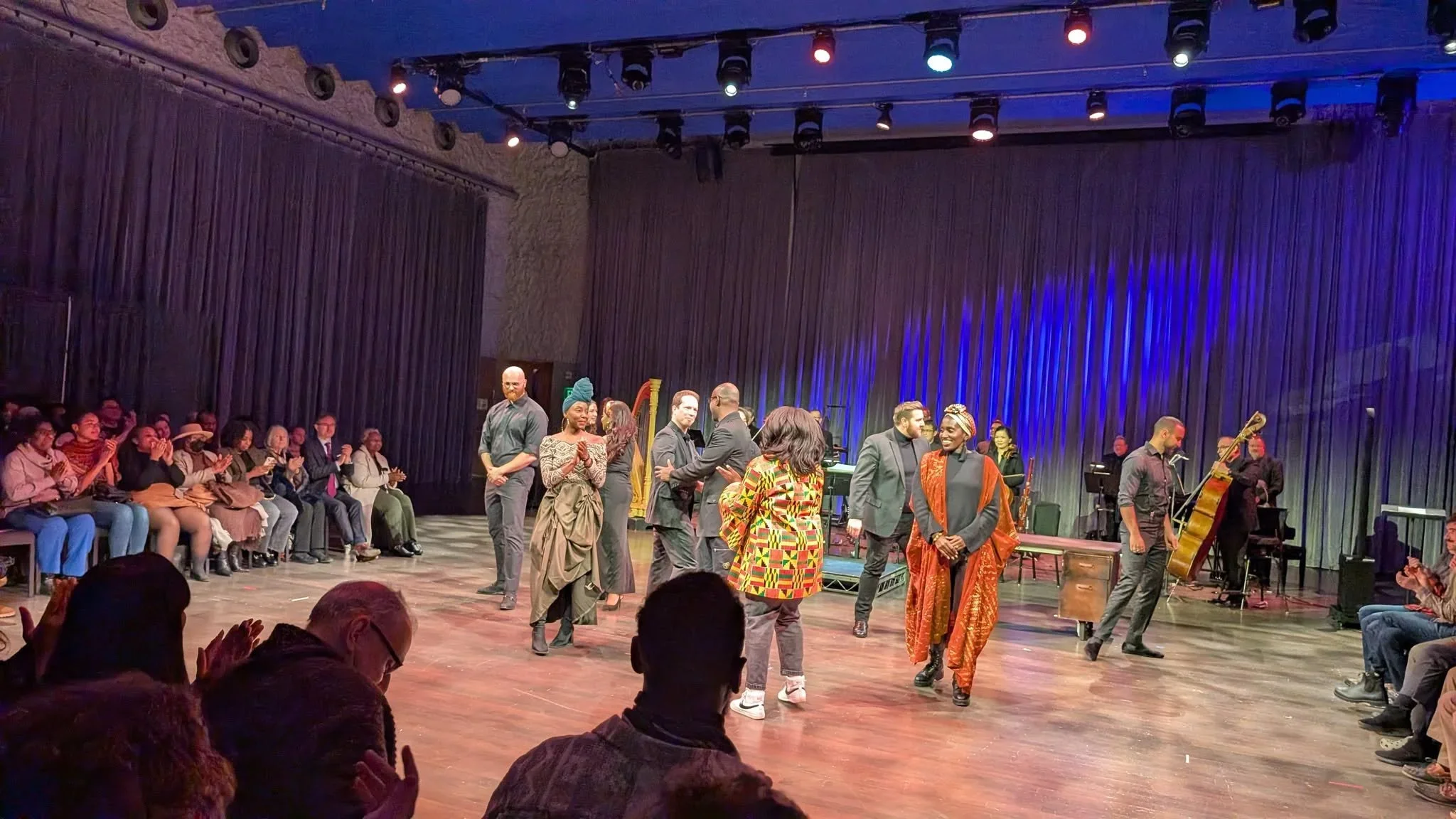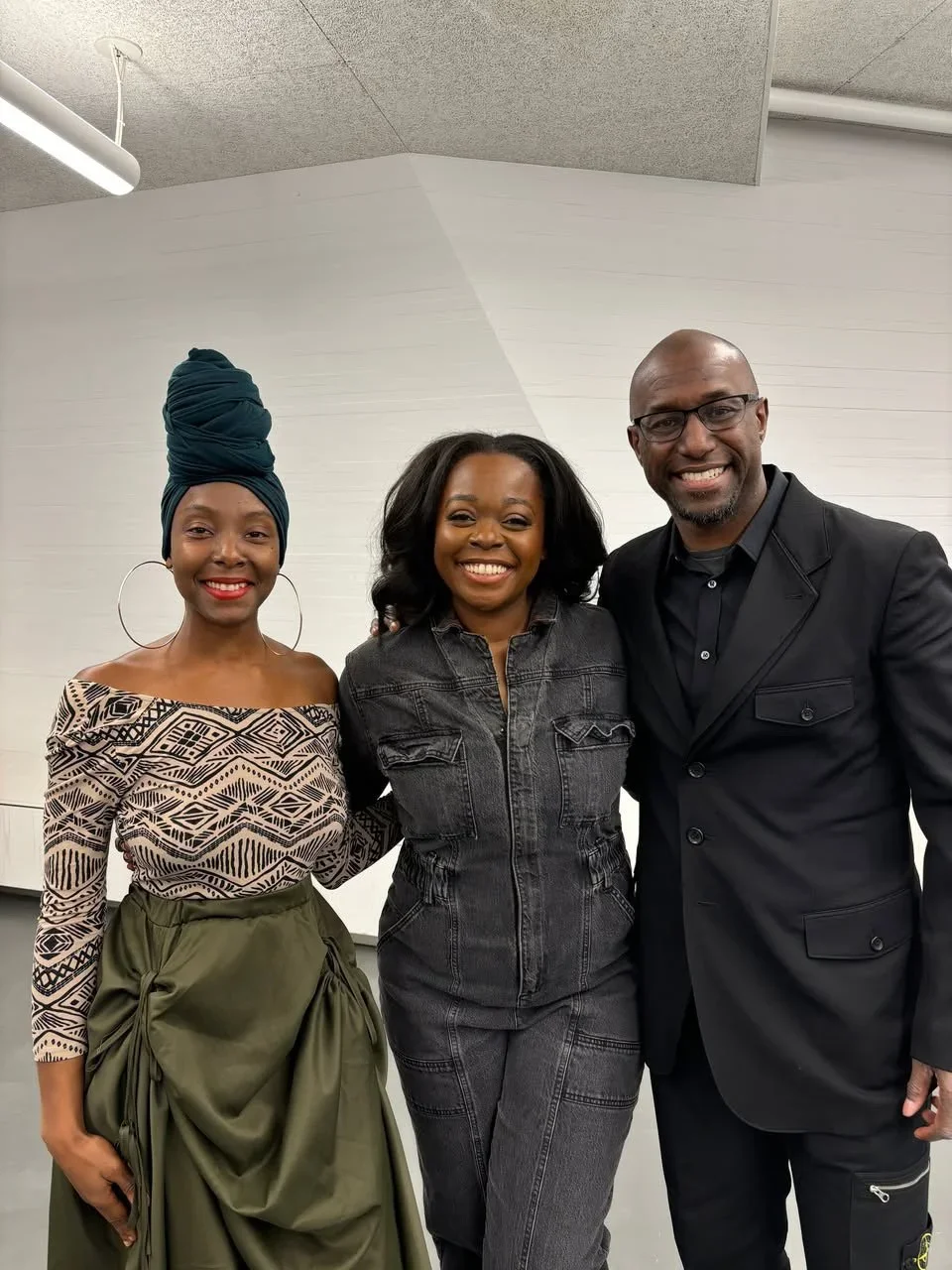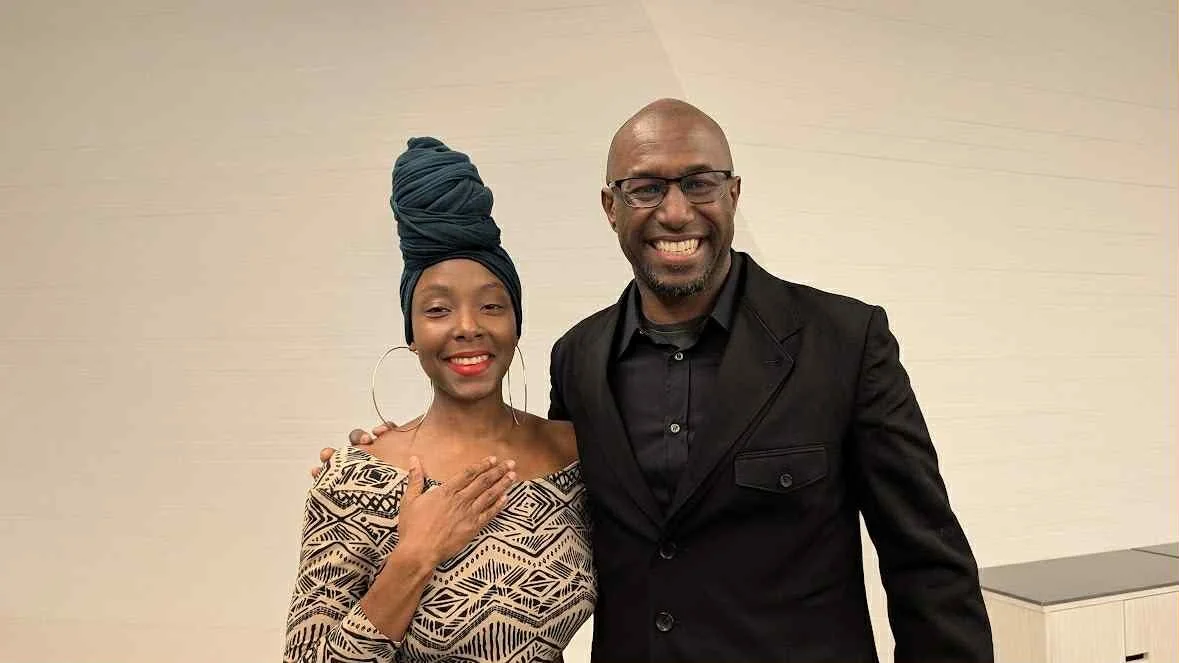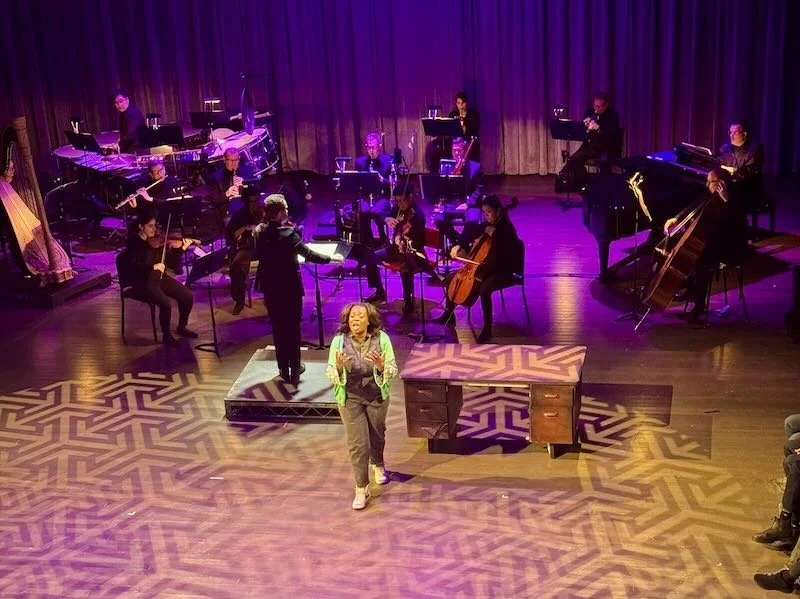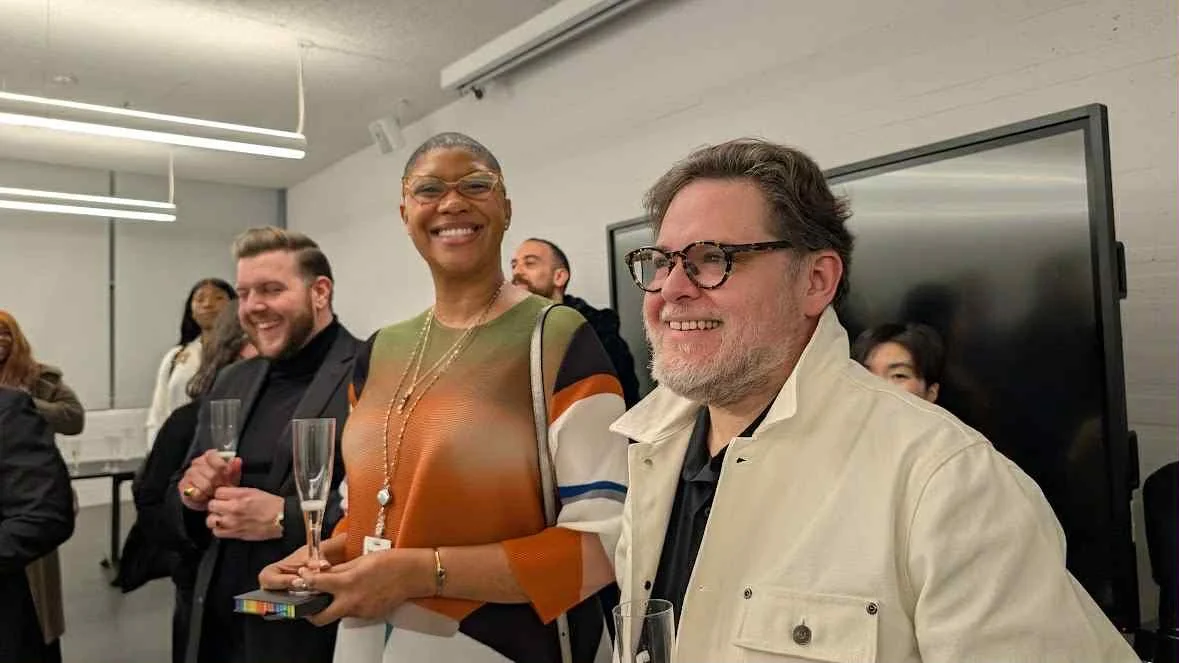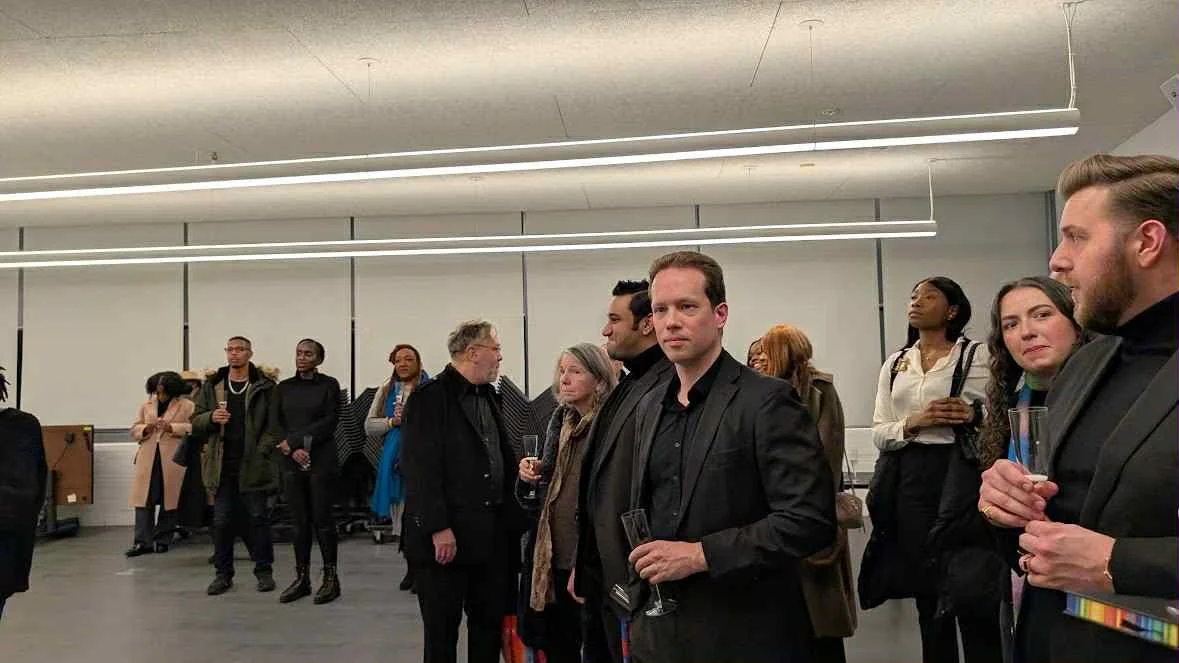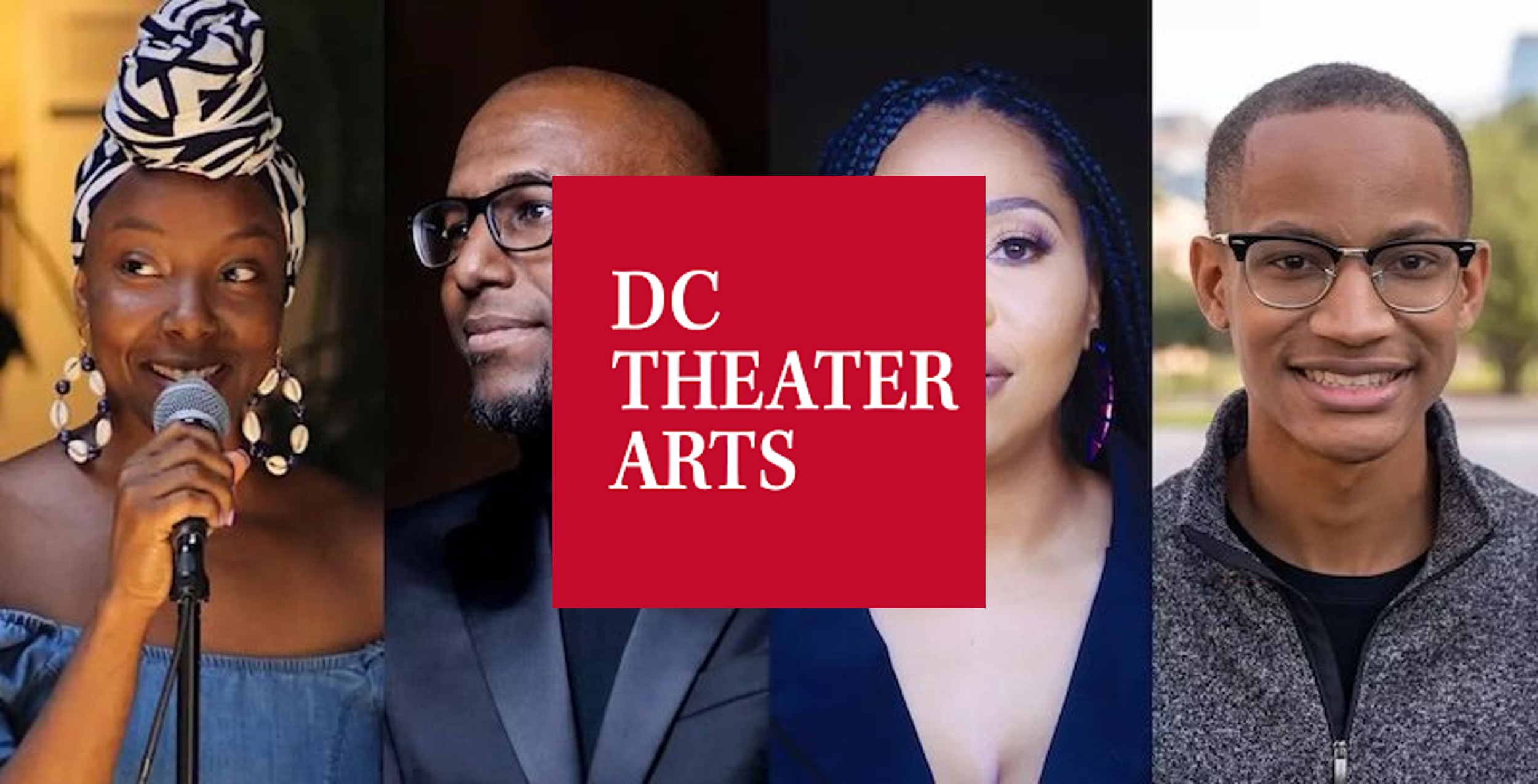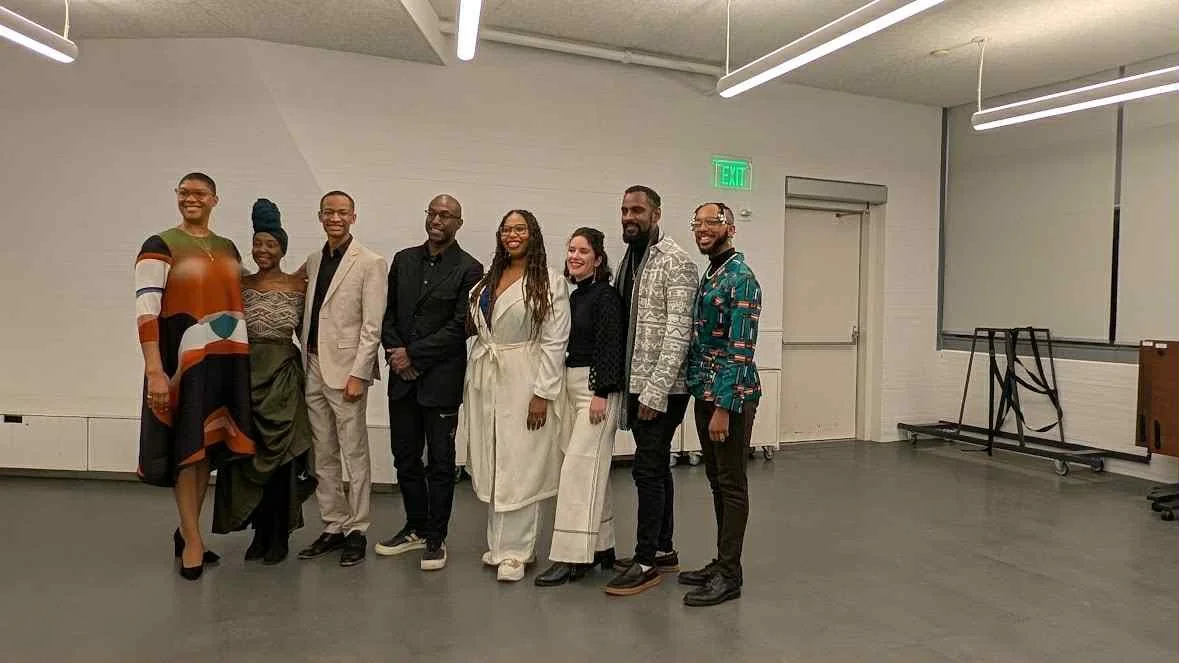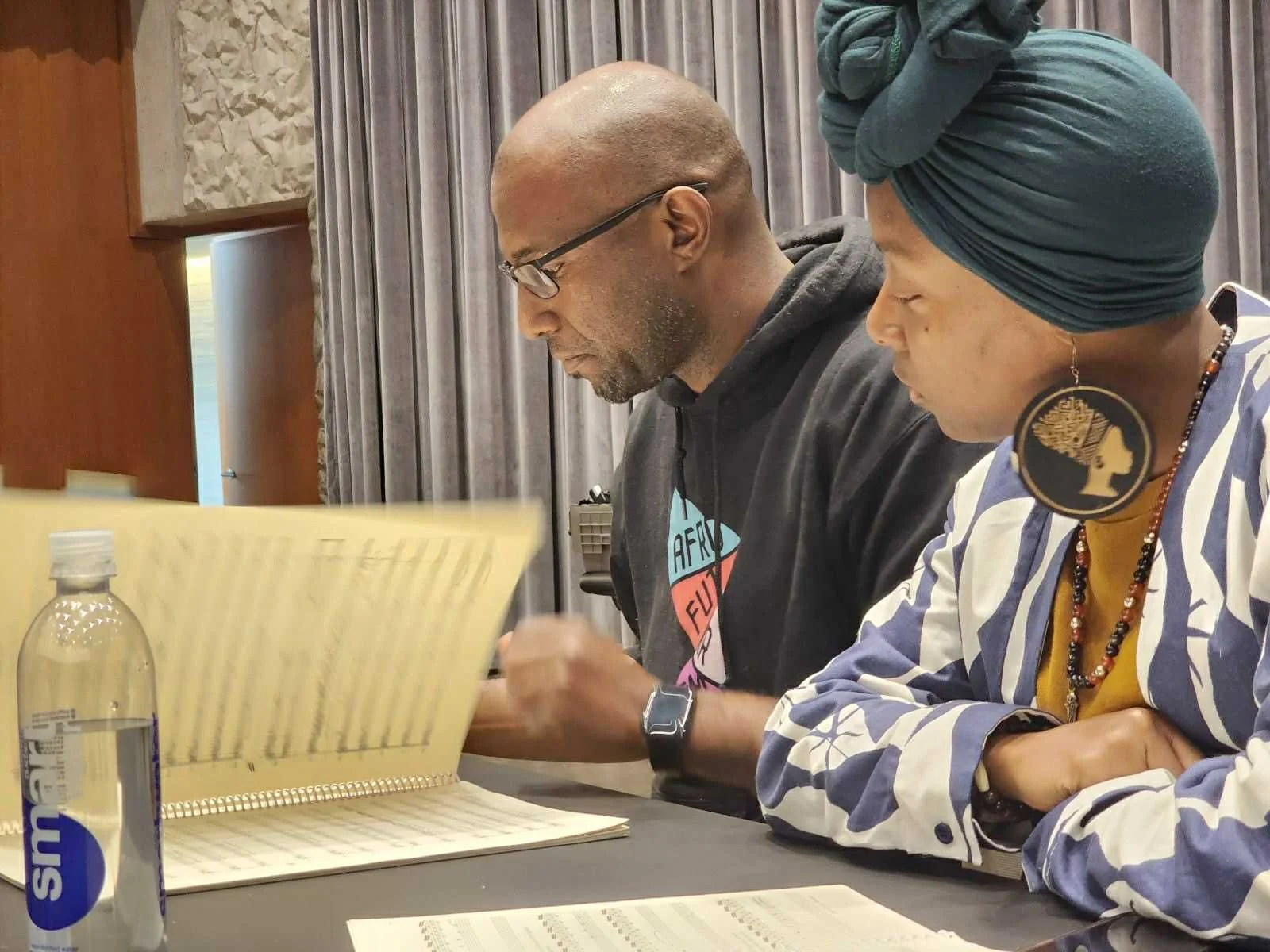CASE STUDY: THE SEER
Written by: Brittini Ward
Commissioned by: The Washington National Opera, The Cartography Project, Kennedy Center (Social Impact)
Focus: Social Impact, Storytelling, and Commemoration through Music
Overview
The Seer is a groundbreaking operatic libretto written by Emmy-winning artist Brittini Ward, founder of Eye N Eye, as part of The Cartography Project—a Washington National Opera and Kennedy Center initiative that reimagines how opera can confront, transform, and reframe the Black experience in America.
Set to music by composer Levi Taylor, The Seer explores themes of Black dignity, self-reclamation, and ancestral remembrance. The work merges poetry, prophecy, and ritual into a narrative that envisions liberation not as a distant dream, but as something already encoded in our collective DNA.
Praised by NPR and The Kennedy Center as a vital contribution to the future of American opera, The Seer expands the genre’s canon by centering a Black woman’s journey toward wholeness—bridging Detroit’s modern reality with an ancestral, spiritual cosmology of freedom.
Concepts and Inspiration
The commission challenged participating librettists and composers to imagine:
Blackness before colonialism, before the psychology of colonization.
What is Black dignity after the fall of white supremacy?
How can cities like Detroit, Houston, Seattle, and New Orleans model a future where Black dignity is the centerpiece of community life?
The Seer is Brittini Ward’s powerful response—a story of Detroit as a future city of Black dignity, where memory, resistance, and rebirth intertwine.
Structure
The Seer follows Ama, a young Black woman in Detroit who collapses from exhaustion and awakens inside an ancestral dreamscape. Through visions, memory, and divine intervention, Ama rediscovers her sacred worth and reclaims her freedom from systems that seek to exploit her spirit.
Themes and Symbolism
Black Dignity Beyond Colonization — imagining identity not in reaction to oppression but in the fullness of self-knowledge.
Ancestral Continuum — bridging past, present, and future through ritual, sound, and lineage.
Work, Rest, and Liberation — reclaiming the right to rest as sacred resistance.
Detroit as Future City — positioning Detroit as a model for cultural and communal self-determination.
DNA and Divinity — visual and sonic motifs representing freedom, creativity, and intelligence as innate inheritance.
Impact and Reflection
The Seer stands as a cultural milestone in contemporary opera:
It centers Black womanhood, labor, and spirituality within a historically Eurocentric form.
It redefines the opera house as a site for healing, remembrance, and Afrofuturist imagination.
It bridges Detroit’s creative lineage with national discourse on Black dignity and liberation.
It expands Brittini Ward’s artistic practice as a writer, researcher, and storyteller who uses performance to archive collective memory.
NPR’s coverage of The Cartography Project recognized The Seer as a bold contribution that “breathes new air into the operatic canon”, affirming the Kennedy Center’s commitment to art that reflects the complexity, brilliance, and endurance of Black life in America.
Creative Process
Brittini’s process integrated poetry, oral history, and narrative intervention—the practice of transforming qualitative and quantitative research into human-centered storytelling. Drawing inspiration from her work with social impact organizations in Detroit, she treated the libretto as both artistic composition and ethnographic study.
Her collaboration with Levi Taylor deepened the interplay between score and text:
The heartbeat rhythm of the hospital monitor became the structural pulse of the opera.
The DNA motif wove together music, light, and choreography to make ancestry audible and visible.
The language of prayer and protest shaped Ama’s monologues into lyrical declarations of selfhood.
Legacy
The Seer is more than an opera—it is a ritual of remembrance and reclamation. It positions Detroit as both muse and metaphor for what happens when art, faith, and community align to build futures rooted in ancestral dignity.
As Brittini reflects:
“I didn’t write about pain. I wrote toward vision.
The Seer doesn’t just name what’s been lost—
it reminds us what’s still possible.”
